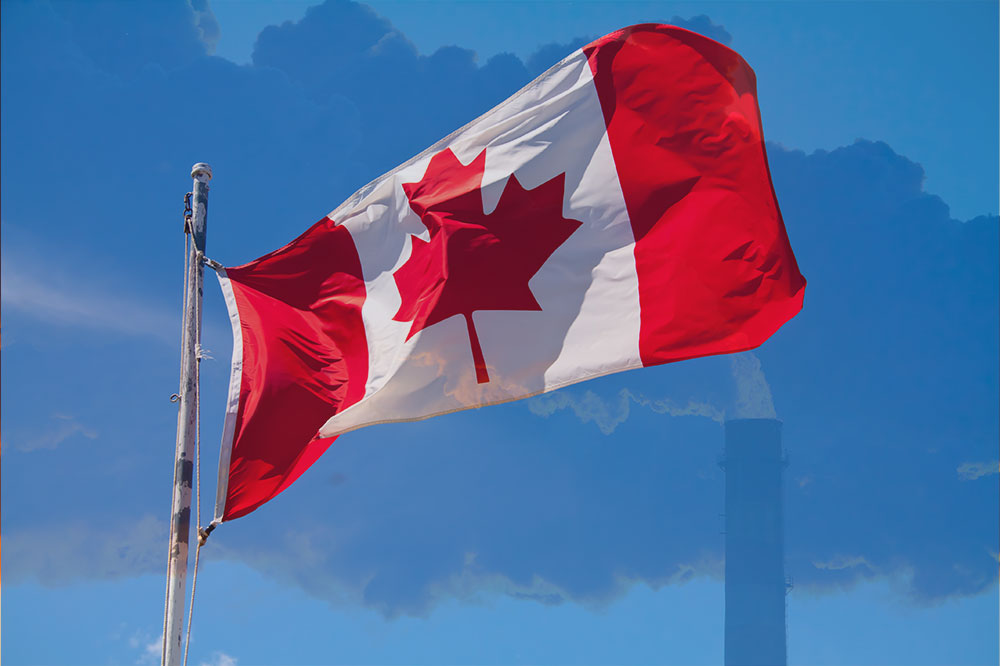Carbon Pricing in Canada
In Canada, provinces and territories can either design their own pricing systems tailored to local needs or choose the federal pricing system. The federal government sets minimum national stringency standards to ensure that all systems meet the same benchmark and are effective in reducing greenhouse gas emissions. As such, the federal pricing system may also be imposed on the province if it is found to not meet federal requirements.
The federal pricing system comprises two parts: 1) A regulatory charge on fossil fuels and 2) A performance-based system for industries, known as the Output-Based Pricing System (OBPS). The federal OBPS is designed to ensure there is a price incentive for industrial emitters to reduce their greenhouse gas emissions and spur innovation while maintaining competitiveness and protecting against carbon leakage. A covered facility has emissions limits applied that are based on the facility’s production from specified industrial activities, as defined under the OBPS Regulations, and the output-based standard applicable to those activities.
The federal fuel charge currently applies in Ontario, Manitoba, Yukon, Alberta, Saskatchewan, and Nunavut. The federal OBPS currently applies in Manitoba, Prince Edward Island, Yukon, Nunavut, and partially in Saskatchewan. Provincial systems in place in Prince Edward Island, Alberta, Saskatchewan, and Ontario meet the federal benchmark stringency requirements for the emission sources they cover. The federal backstop applies to emission sources in these provinces not covered by the provincial systems. Ontario created the Emissions Performance Standard (EPS) program in July 2019 as a substitute for the OBPS. The EPS program has required registration and reporting by regulated Ontario facilities since 2019. However, payments for excess emissions for Ontario facilities were only required under the OBPS. On January 1, 2022, the GHG emissions program in Ontario began transitioning from the federal OBPS to the Ontario EPS program.
In addition to carbon taxes, Canada has implemented several other carbon pricing tools to reduce greenhouse gas emissions. One such tool is the federal and provincial clean fuel regulations, which aims to reduce emissions from transportation fuels by requiring fuel suppliers to decrease the carbon intensity of their products. Another tool is the oil and gas emission caps, which set limits on the amount of emissions that can be released during the production and processing of oil and gas. Finally, carbon offsets allow emitters to purchase credits from other projects that reduce greenhouse gas emissions, such as renewable energy projects, to offset their own emissions. These various carbon pricing tools are part of Canada’s broader strategy to address climate change and transition to a low carbon economy.

